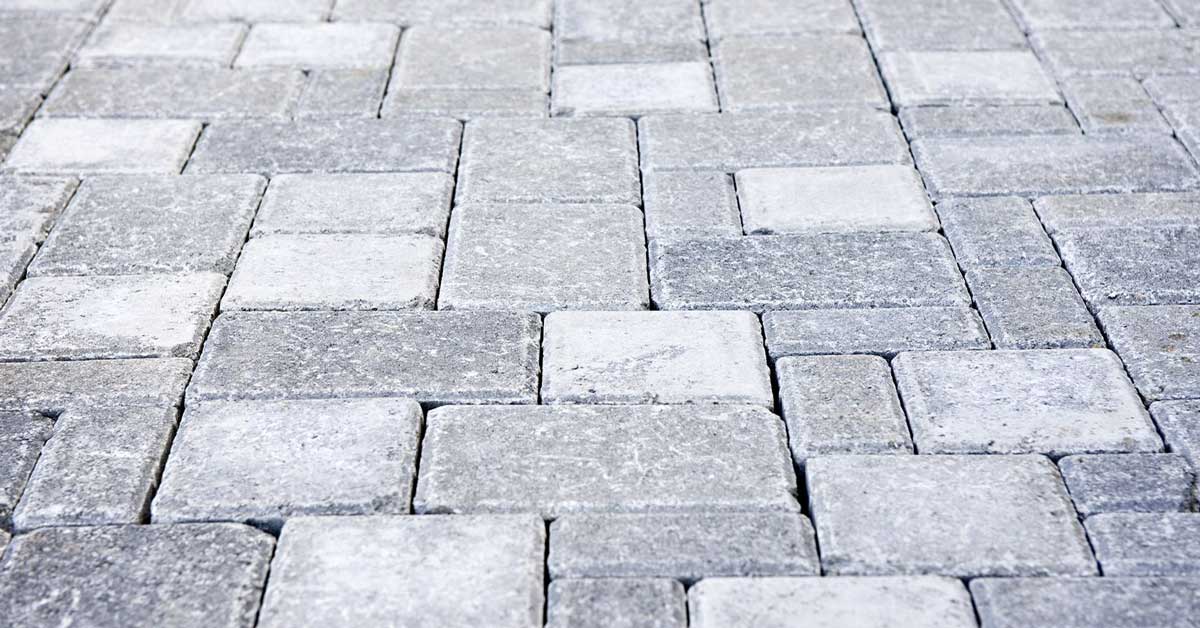
After your new driveway paving or patio has been allowed to settle in for a few weeks, it would be a good time to hose down to remove any excess dirt or sand (Especially if it has not been raining much). Make sure to leave it dry first before brushing sand back into the joints.
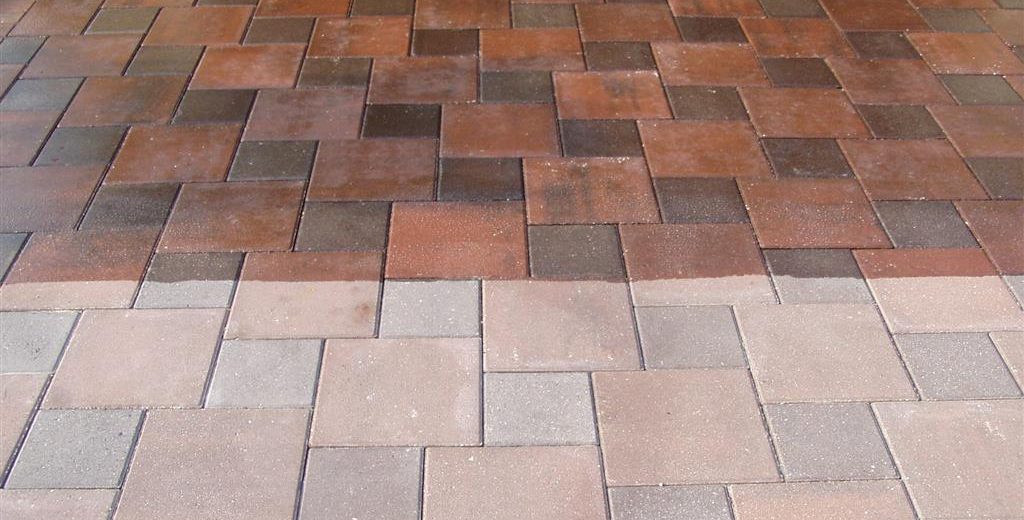
Your new block paving can have an impregnator applied which helps which penetrates the paving forming a barrier against fading and moss growth whilst enhancing colour and appearance. Paving area must be free from any stains or dirt before you apply a paving sealer. We recommend waiting a couple of months before using any type of paving sealer. Call us for advice before you undertake this task. All our previous clients benefit from a 40% discount when we are called back in to seal a driveway!
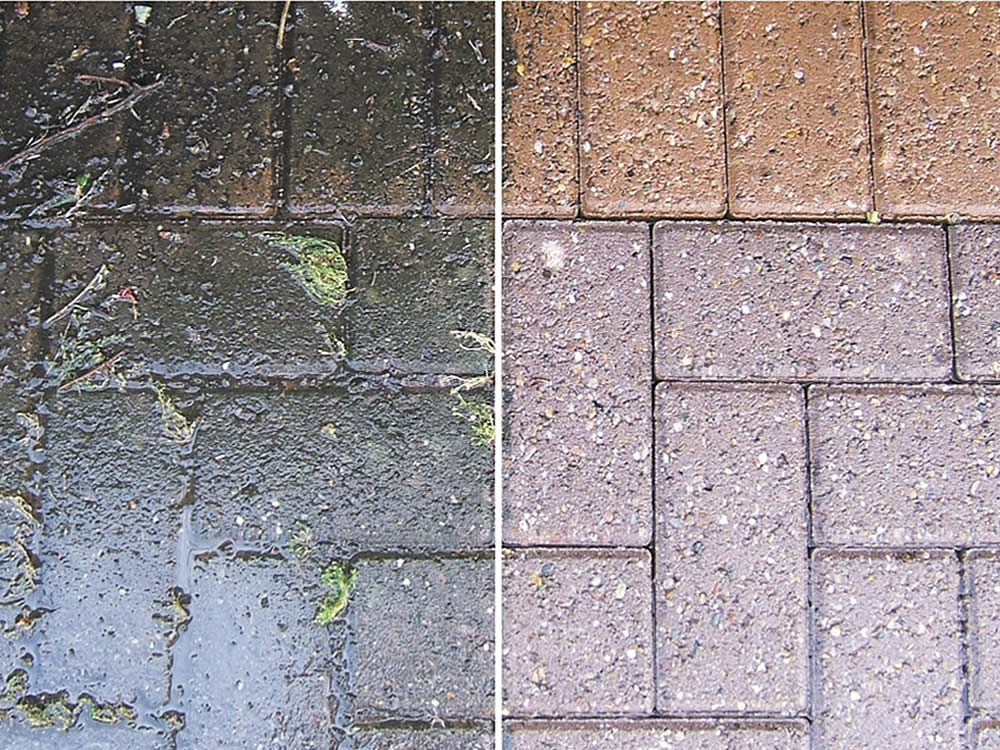
Sweeping the paving on your patio area or driveway on a regular basis is recommended to maintain the appearance of your driveway or patio. The average build-up of dirt can be easily removed using a hose and a sweeping brush. If you decide to use a power wash, we recommend sweeping jointing sand between the joints of the paving after cleaning, as a power wash will remove the kiln-dried sand from the paving joints.
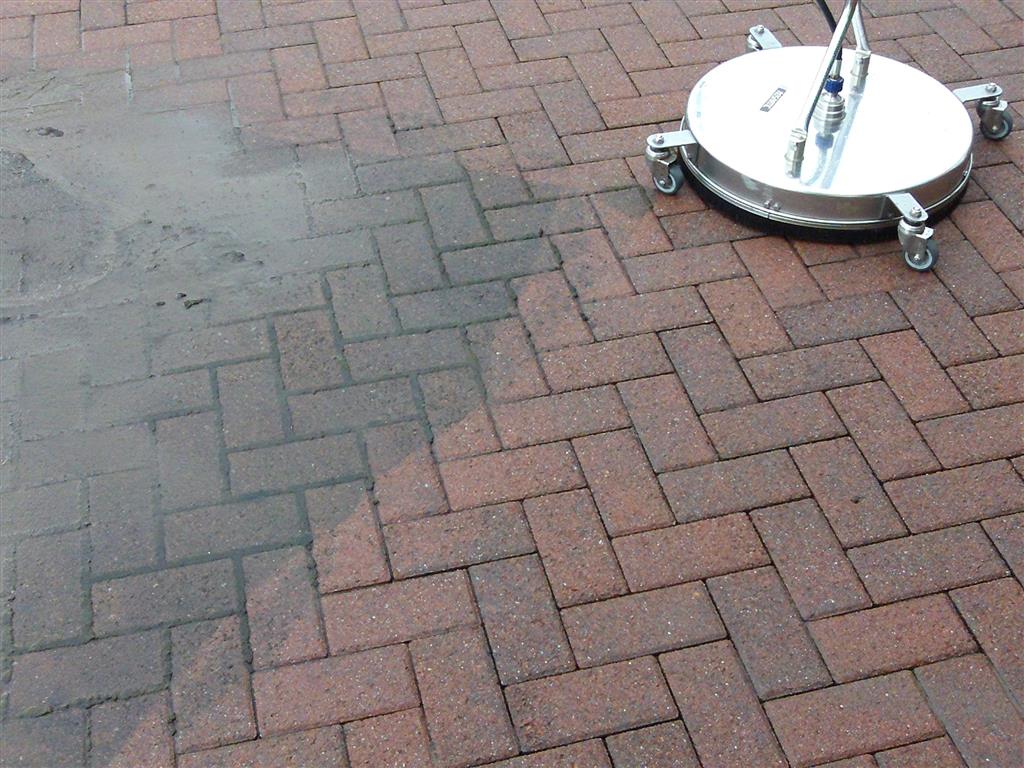
This requires normal brushing using a generous solution of hot water and washing up liquid, cleaning it off with lots of clean water. Shaded areas may require repeated treatments. Heavy growth of moss or algae will need to be removed by first applying a paving cleaner (We can give advice on the best options). It needs to be applied to a dry paving surface, the solution can take several days to take full effect. Having your paving area sealed can stop the growth of weeds, grass, algae. It can also enhance the colour, reduce surface porosity and is much easier to maintain in the future.
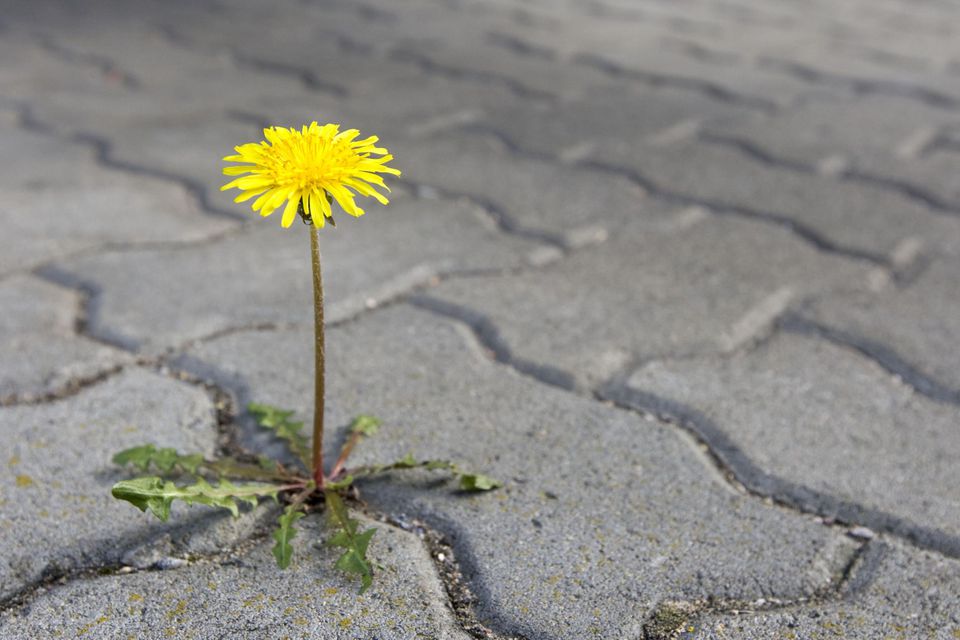
Areas with traffic will have have very little or no weed growth as it prevents weeds from rooting up. 9 out of 10 times, the weeds that grow from your paving come from lawn seeds falling into the sand joints between the paving. Make sure to brush your paving if you have a lawn near your paving and it has been cut. If you do have weed growth, it easily tackled by using a recommended weed killer solution from garden centres or merchants. Areas to be treated should have larger weeds removed by hand before applying the solution.
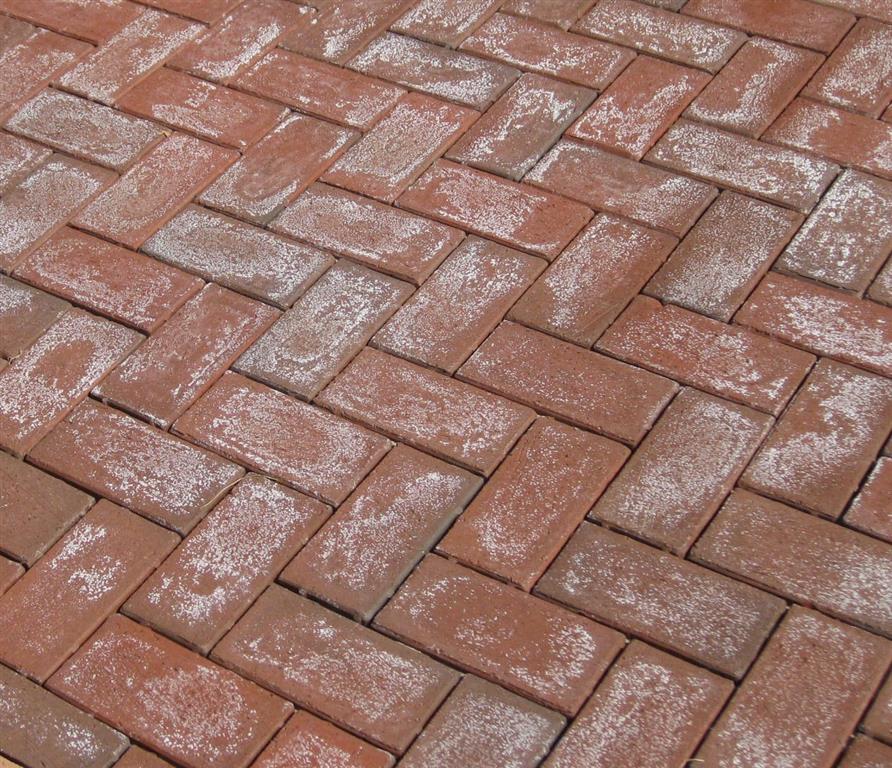
This is the appearance of white stains of the surface of the paving blocks (can be seen on freshly done brickwork as well). This is neither a manufacturing problem, materials defect or an installation fault. It is a natural occurring phenomenon in the concrete caused by calcium hydroxide reacting with carbon dioxide in the air. It may seem to disappear when the paving is wet, but the efflorescence salts will return again when the paving dries.
Be reassured, efflorescence does not affect the paving and will generally disappear over time. Depending on the weather conditions and location, it can disappear anywhere between a month to a year. Once it does naturally disappear, it will be stay gone from your paving.
You can learn about the different types of block paving and how we install our block paving on driveways.
If you are interested in having your driveway done by professionals who will help you step by step throughout your driveway project, check out our paving services for more information.


